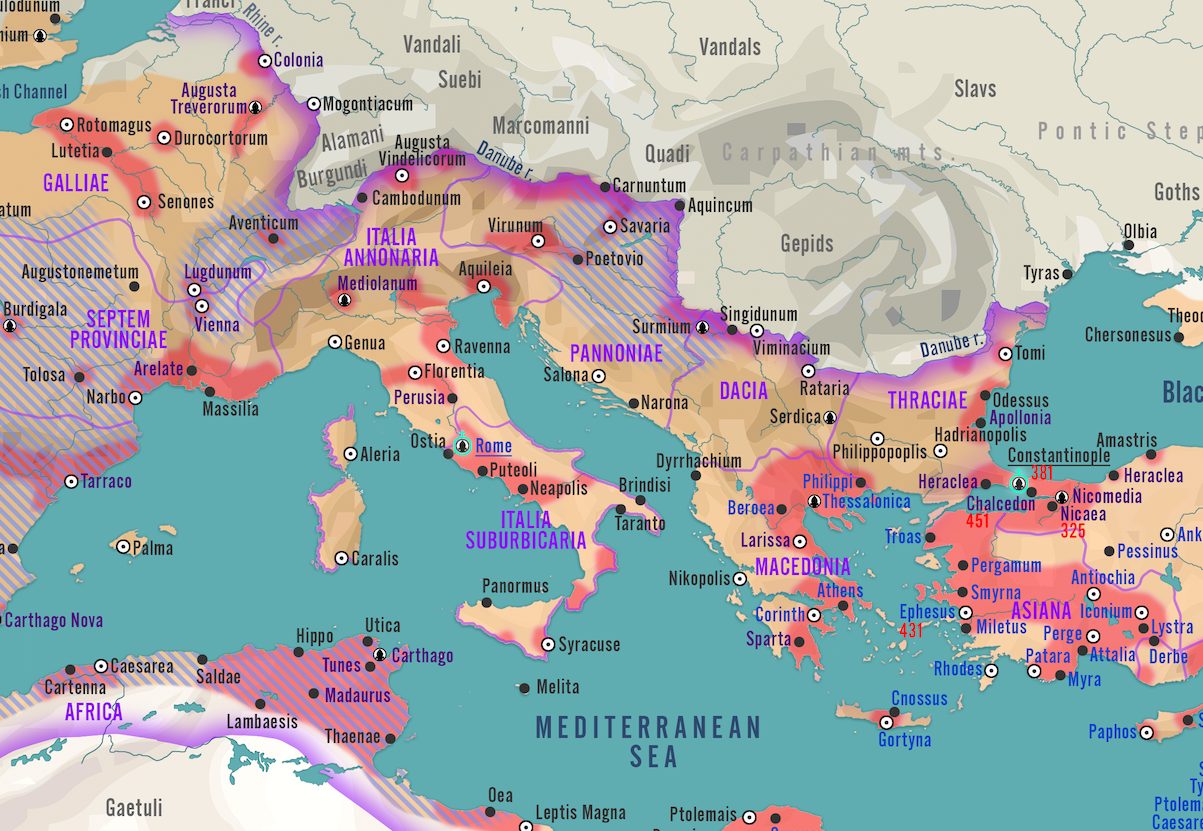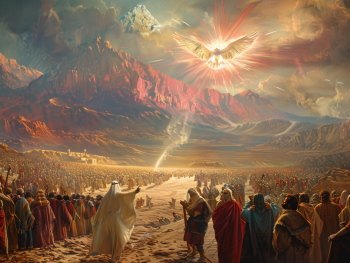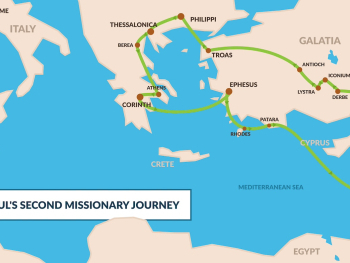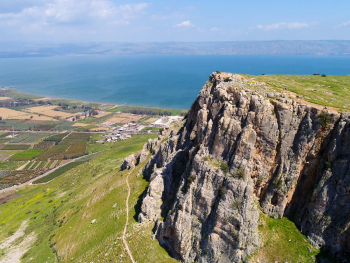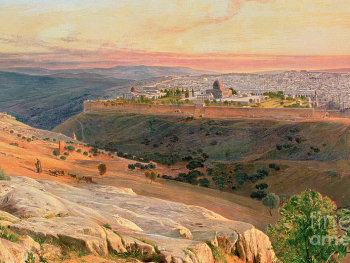While the Bible provides a rich tapestry of stories and teachings, it is just one piece of the larger puzzle of ancient Near Eastern history and culture. The lands surrounding the biblical world were home to a diverse array of civilizations, each with its own unique customs, beliefs, and achievements.
In this article, we will embark on a journey beyond the Bible to explore the fascinating cultures and civilizations of the ancient Near East.
- Mesopotamia: Cradle of Civilization Mesopotamia, meaning "land between the rivers," was one of the earliest cradles of civilization, with the Tigris and Euphrates rivers providing fertile soil for agriculture. The Sumerians, Akkadians, Babylonians, and Assyrians were among the prominent civilizations that flourished in this region, known for their advancements in writing, mathematics, law, and architecture. Discover the legacy of Mesopotamia through its impressive city-states, ziggurats, and epic literature such as the Epic of Gilgamesh.
- Ancient Egypt: Land of Pharaohs and Pyramids Ancient Egypt captivates the imagination with its iconic pyramids, temples, and hieroglyphic writings. For millennia, the Nile River served as the lifeblood of Egyptian civilization, supporting agriculture, trade, and cultural development. Explore the wonders of ancient Egypt, from the monumental structures of the Giza Plateau to the mystical rituals of the pharaohs and the enduring legacy of the Book of the Dead.
- Hittites and Hurrians: Forgotten Empires of Anatolia In the mountainous region of Anatolia (modern-day Turkey), the Hittites and Hurrians established powerful empires that rivaled those of Egypt and Mesopotamia. Known for their military prowess, diplomatic skills, and innovative chariot technology, the Hittites forged alliances and engaged in conquests across the Near East. Discover the archaeological treasures of Hittite capital cities like Hattusa and the rich cultural heritage of the Hurrians.
- Phoenicians: Masters of the Mediterranean The Phoenicians were renowned as skilled seafarers, traders, and artisans who dominated maritime trade routes in the Mediterranean. From their coastal cities of Tyre, Sidon, and Byblos, the Phoenicians established colonies, developed the first alphabet, and traded goods such as cedar wood, purple dye, and glassware. Learn about the Phoenician contributions to ancient commerce, navigation, and cultural exchange.
- Persia: From Cyrus to Xerxes The Persian Empire emerged as a dominant force in the ancient Near East under the leadership of Cyrus the Great, who established the largest empire the world had ever seen. The Persians ruled over a diverse array of peoples and cultures, promoting religious tolerance, administrative efficiency, and monumental construction projects such as the royal capital of Persepolis. Explore the rise and fall of the Persian Empire and its enduring impact on world history.
The ancient Near East is a treasure trove of civilizations, each contributing to the rich tapestry of human history and culture. By exploring beyond the Bible, we gain a deeper appreciation for the complexities and achievements of ancient societies and their lasting legacies. From the cradle of civilization in Mesopotamia to the splendors of ancient Egypt, the ancient Near East continues to captivate and inspire us with its stories of triumph, innovation, and enduring civilization.
